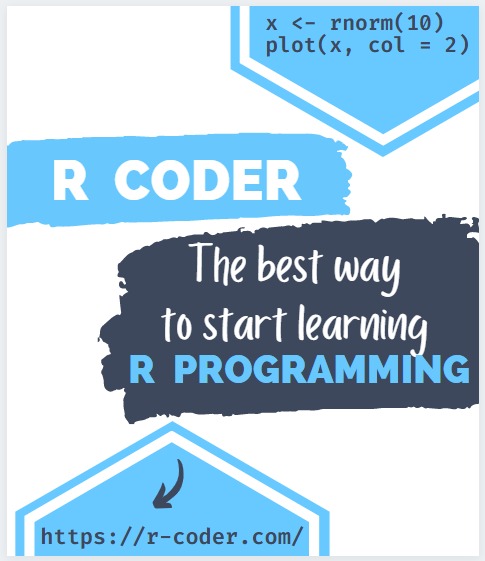BEGIN END statement in Transact SQL
BEGIN END is a flow control structure used to hold multiple statements grouped together in a given code block. In short, they allow a series of instructions to be executed together.
BEGIN END can be nested within a block of code.
It is recommended to get used to the use of BEGIN END, even in single statements when working with flow control structures.
The syntax is very simple:
BEGIN
[CODE]
END
Let’s look at a simple example with a code snippet that generates a loop:
BEGIN…END example:
DECLARE @iter INT = 1;
WHILE @iter <= 10
BEGIN
SELECT @iter
SET @iter = @iter + 1
END
The @iter variable will increase by one for each iteration of the loop until the variable reaches the value @iter= 10, wich is the last valid value in the WHILE. This means that the execution result will print ten times the @iter variable on the screen, starting with the initial value 1 and ending with the value 10.
To better understand how the BEGIN END statement works, we will use the same code as before but deleting the flow control structures.
DECLARE @iter INT = 1;
WHILE @iter <= 10
SELECT @iter as iter
SET @iter = @iter + 1
We will see that by not grouping the statements, our code is stuck in infinite loop showing 1 as an execution result on each iteration.
Next , we will see an example of nested BEGIN END modifying the previous code:
DECLARE @iter INT = 1;
WHILE @iter <= 10
BEGIN
SELECT @iter as iter
IF @iter = 3
BEGIN
SELECT ('INFO REGISTRATION:') AS INFO;
SELECT name,
lastName,
product,
price
FROM Customers
INNER JOIN Orders
ON Customers.customerId = Orders.customerId
WHERE Customers.customerId = @iter
END
SET @iter = @iter + 1
END
The exeution will print the value of the @iter variable from 1 to 10 as in the previous example,but when it reaches the 3 value, the code will fulfill the IF condition executing the instrunctions that BEGIN END contains. This will print a information message and will return the values of the fields name , lastName , product and price from the Customers and Orders tables for the orderId = 3.

